The Working Principle of the Latch: The First Line of Defense for Door Locks

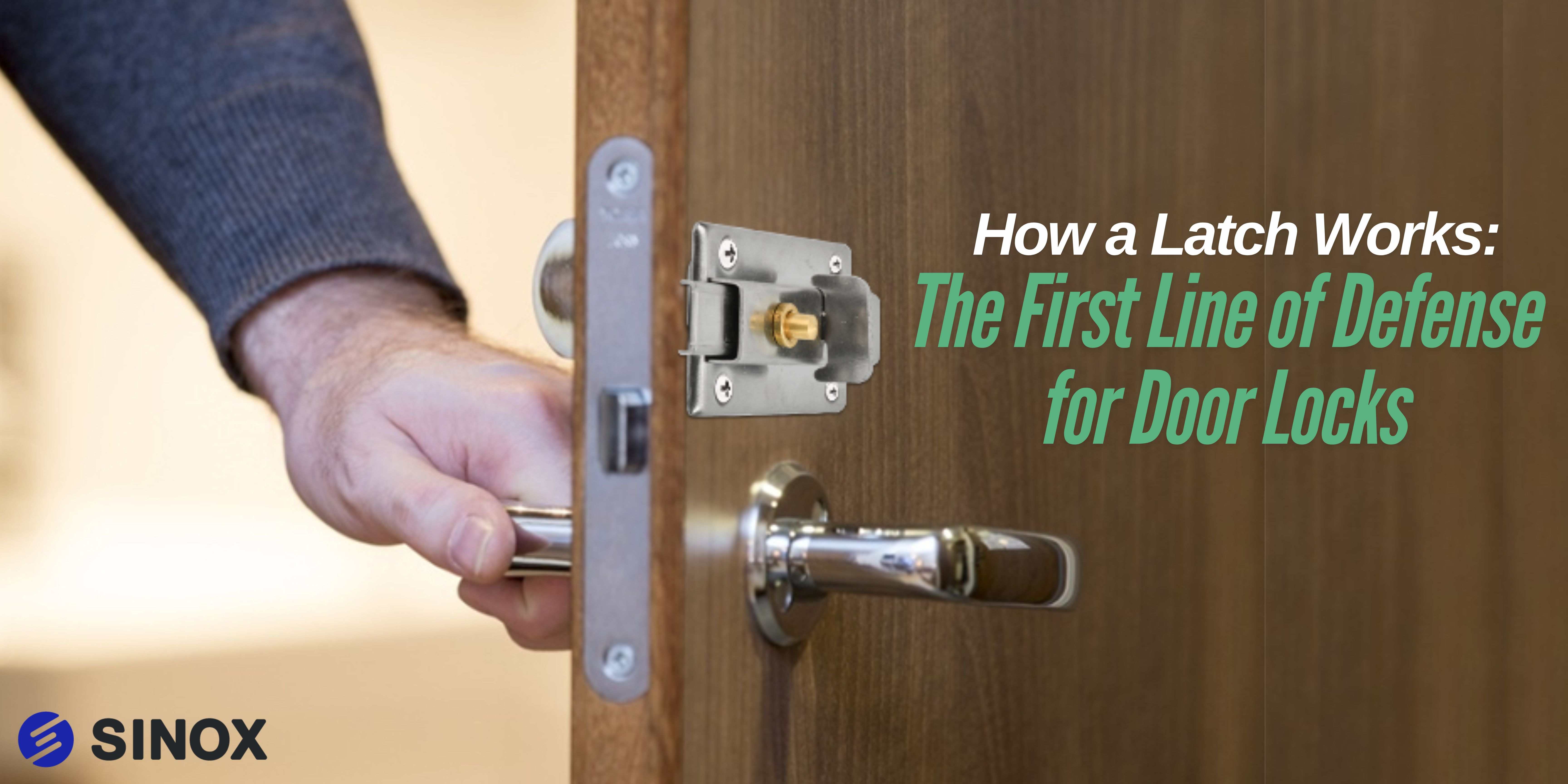
Have you ever wondered why a door lock makes a "click" sound as soon as it closes, securely fastening the door and preventing any unauthorized entry? That's the latch! This seemingly simple component plays a crucial role in door locks, ensuring security, stability, and ease of use.
In this article, we will introduce the working principle of the latch, explaining how it silently protects your home every time you close the door while ensuring ease of use. Let's uncover the mystery of this unassuming yet irreplaceable hero!
The "Silent Guardian" of Door Locks
The latch is one of the most critical components of a door lock, usually made of metal, and works by engaging with the strike plate on the door frame to lock or unlock the door. Let's take a closer look at the basic functions and roles of the latch:
Security:
When the door lock engages, the latch automatically fits into the strike plate on the door frame, making it difficult to open or pry the door open. This prevents unauthorized access and effectively enhances security against break-ins.
Stability:
Besides preventing unauthorized access, the latch ensures that the door remains firmly closed and does not open on its own due to strong winds or external forces.
Types of Latches
In door lock manufacturing and design, there are two main types of latches:
- Latchbolts: These latches have a spring-loaded latch and are designed with a beveled edge at the top.
- Deadlatches: Deadlatches have an additional small cylindrical latch called a guardbolt, which is positioned alongside the main latch.
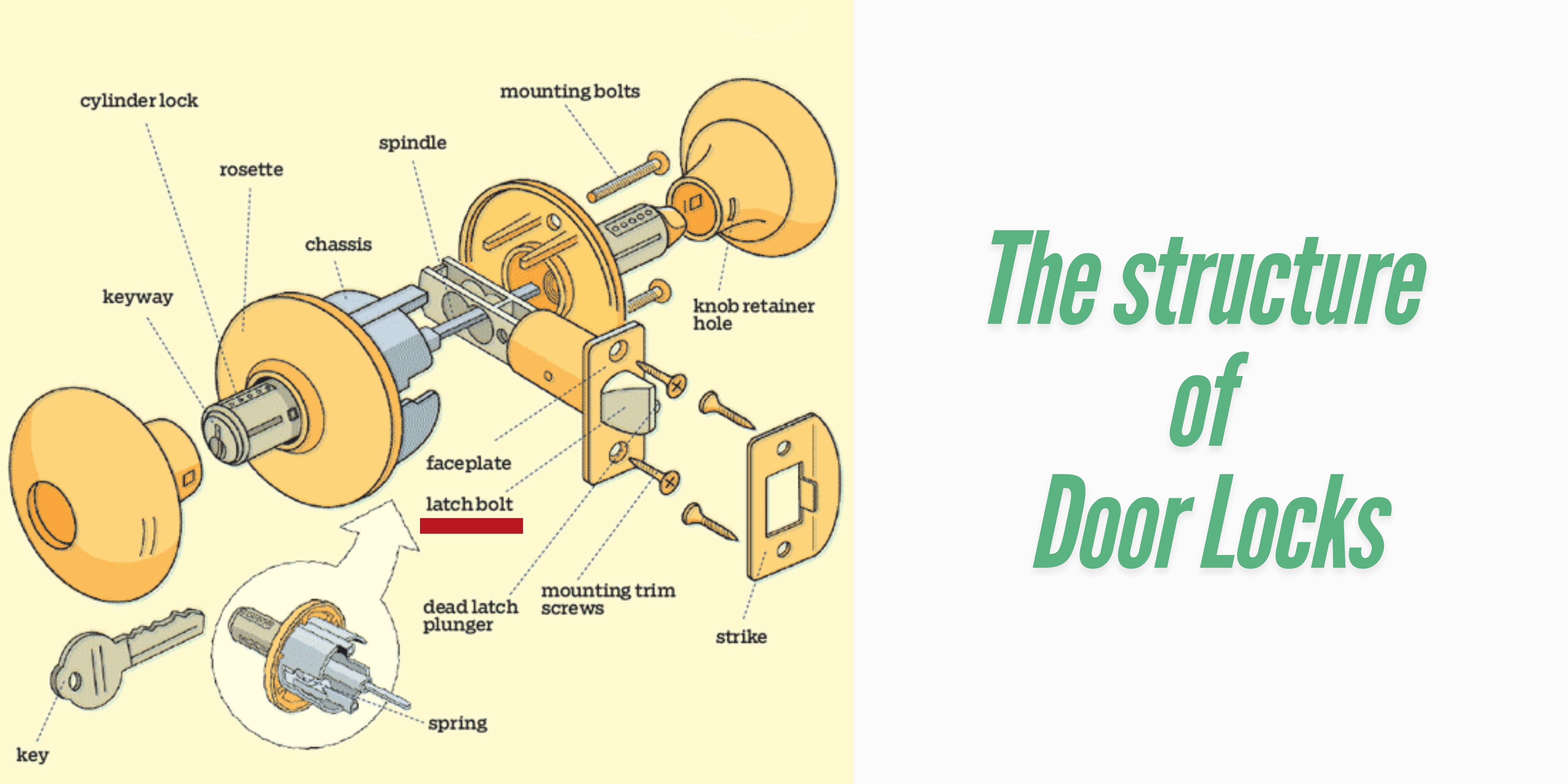
The Working Principle of the Latch
1. Structural Design
The latch mainly consists of a metal body and a spring. One end is usually beveled or hooked, allowing it to fit tightly into the strike plate of the door frame or door opening. This design ensures that once the door is closed, the latch securely locks the door, preventing external interference.
2. Operation Process
Locking State:
When the door closes, the beveled edge of the latch contacts the strike plate on the door frame, causing the latch to retract under pressure. Once the latch passes the edge of the strike plate, the spring force pushes the latch out, engaging it in the strike hole and locking the door.
Unlocking Process:
When the key is turned or another unlocking method is used, the mechanism inside the lock cylinder retracts the latch, disengaging it from the strike hole and allowing the door to open.
3. Role of the Spring
The spring plays a crucial role in the operation of the latch. It provides the necessary force to ensure the latch automatically extends into the strike hole when the door closes and retracts when the door is opened, enabling smooth locking and unlocking.
Sinox Custom Door Lock Solutions: One-Stop Solution
In modern settings, door locks are not only tools for preventing theft but also the first line of defense for ensuring the safety of homes and commercial spaces. The key component of a door lock—the latch—directly impacts the security, stability, and convenience of the lock.
The Sinox team offers a one-stop custom solution that designs the most suitable door lock solution based on your specific needs! Whether it is a residential, commercial office, or industrial facility, safety is paramount. Sinox provides high-quality custom door lock solutions to make your security more assured and usage more convenient.

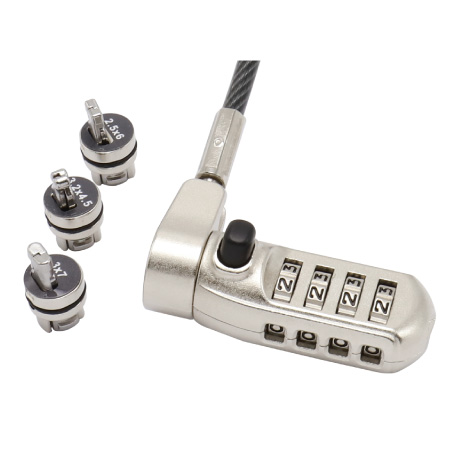
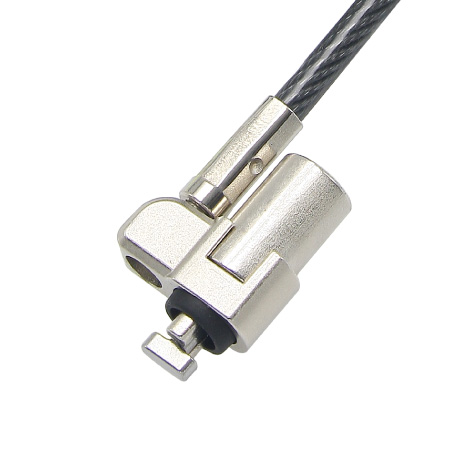
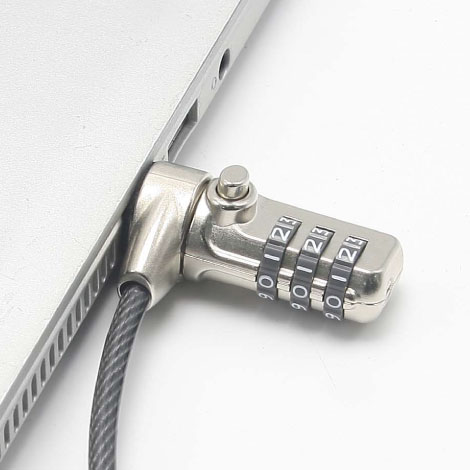
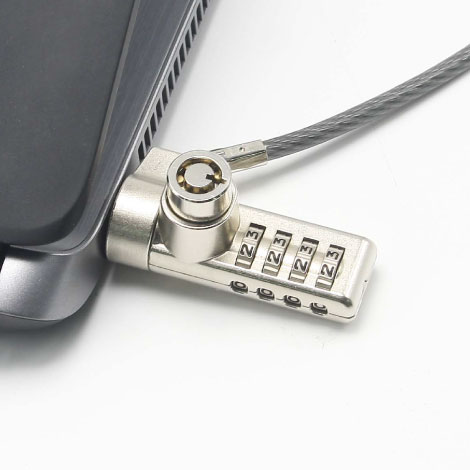
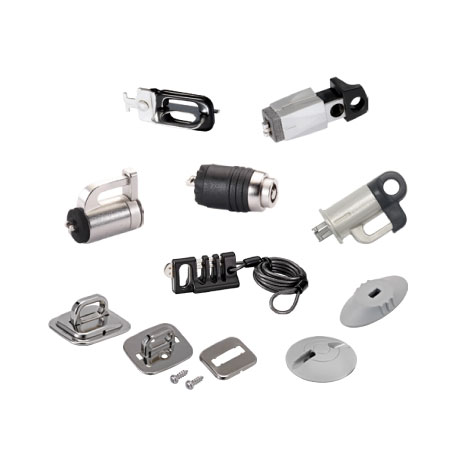
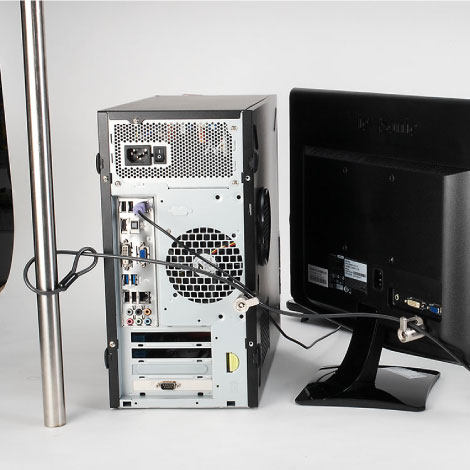
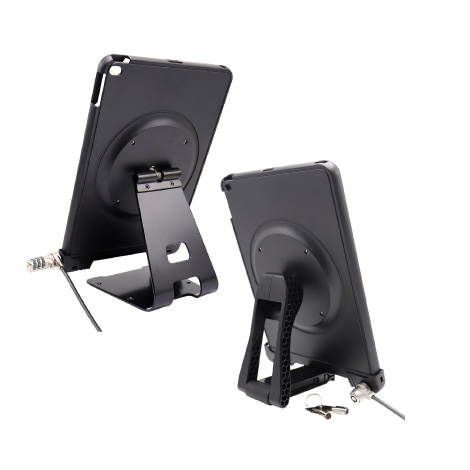
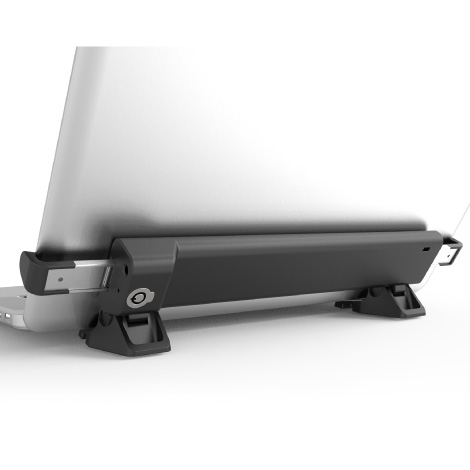
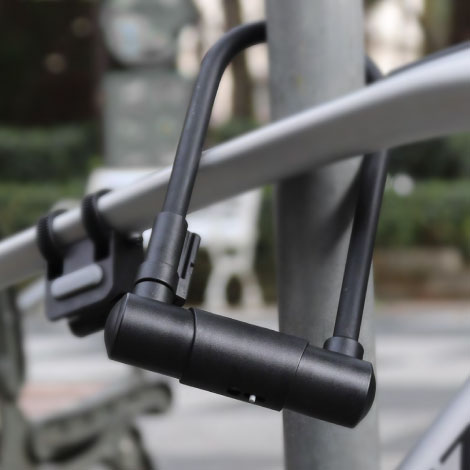
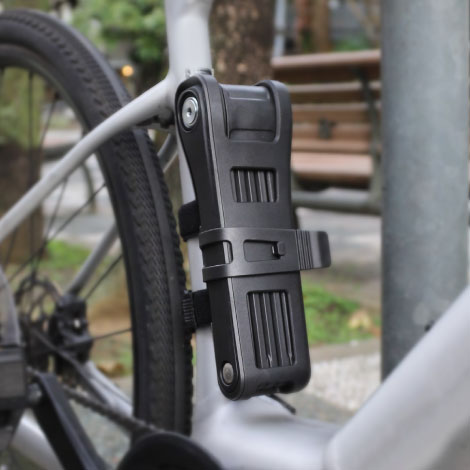
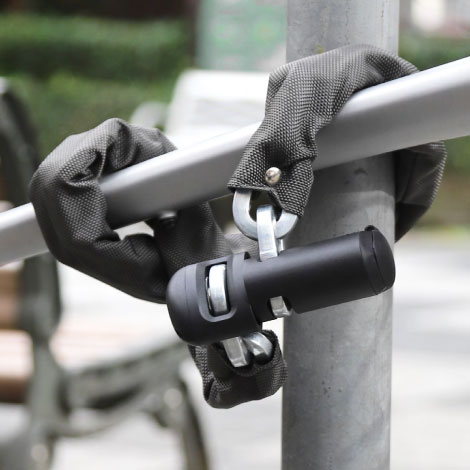
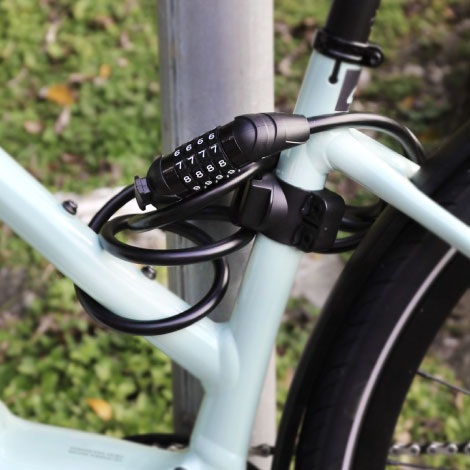
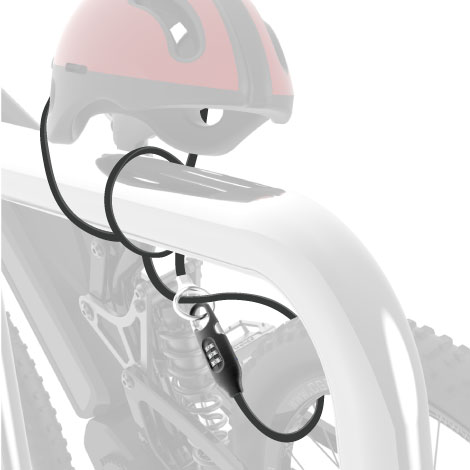
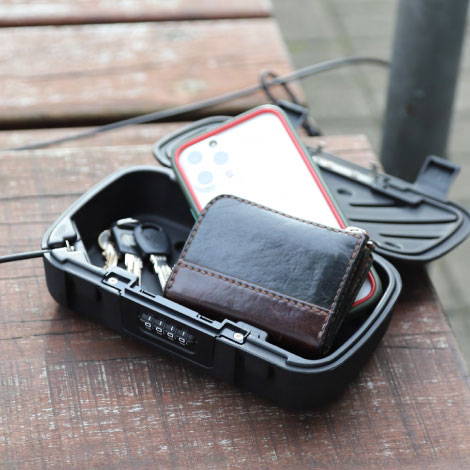
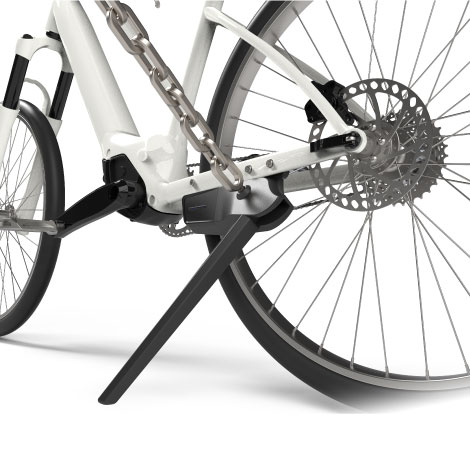
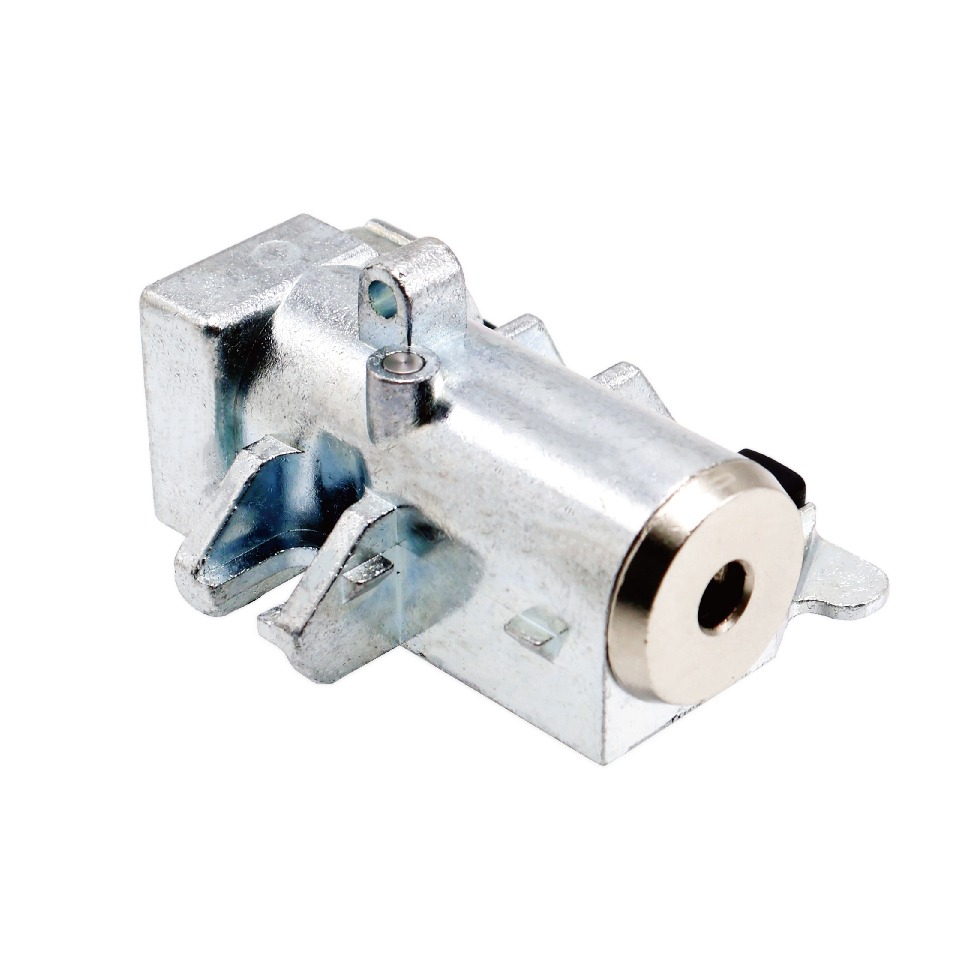
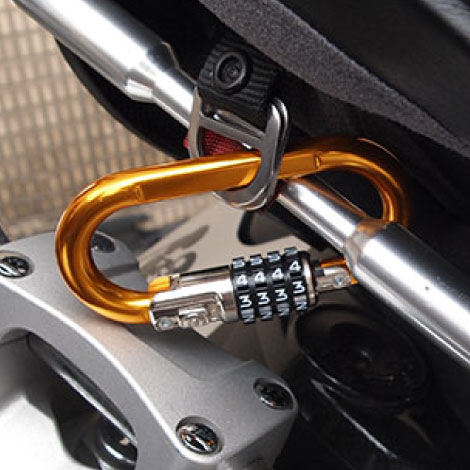
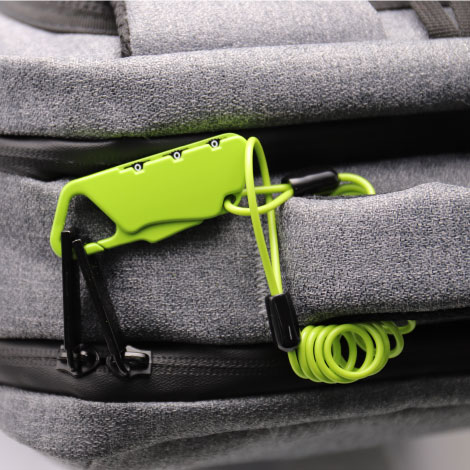
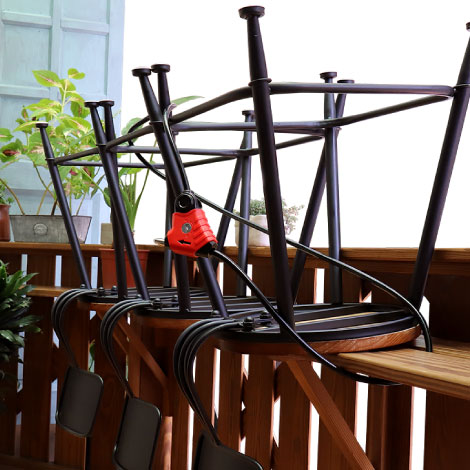
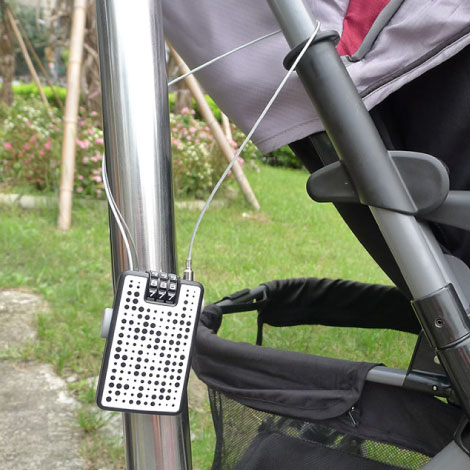
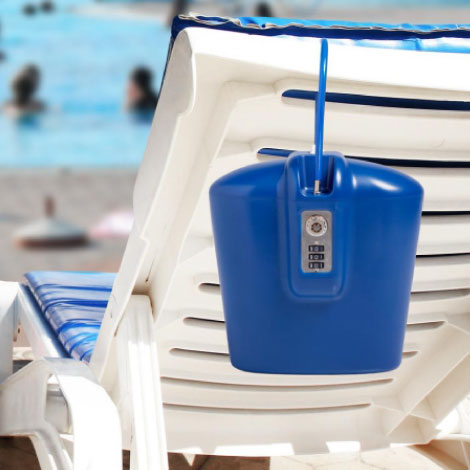
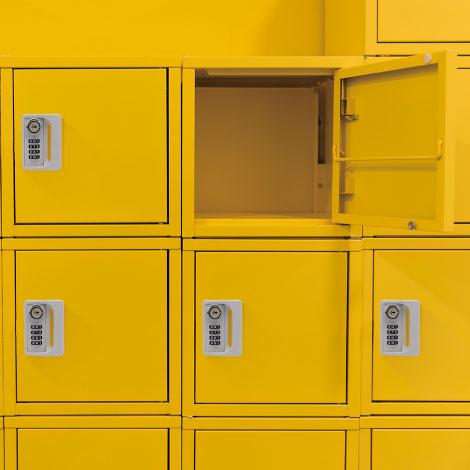
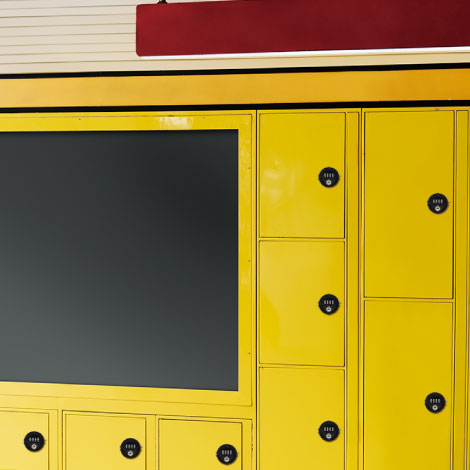
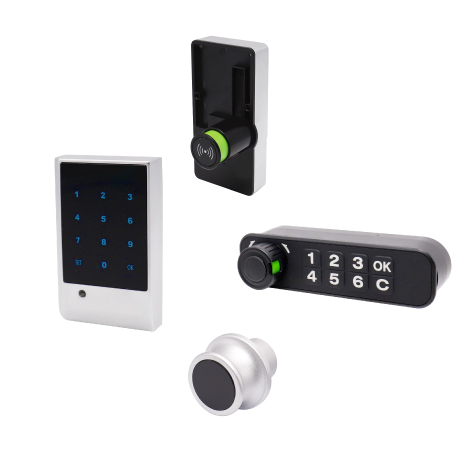

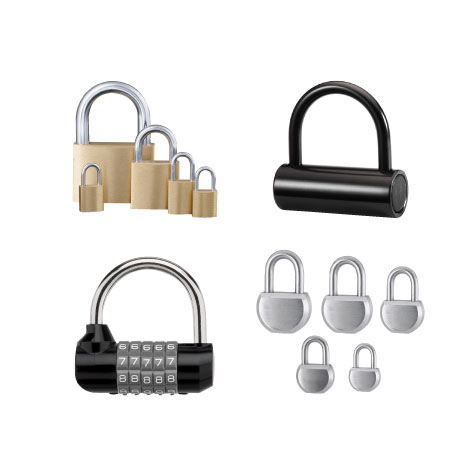
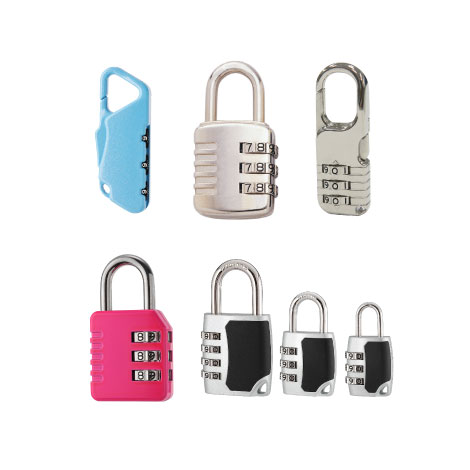

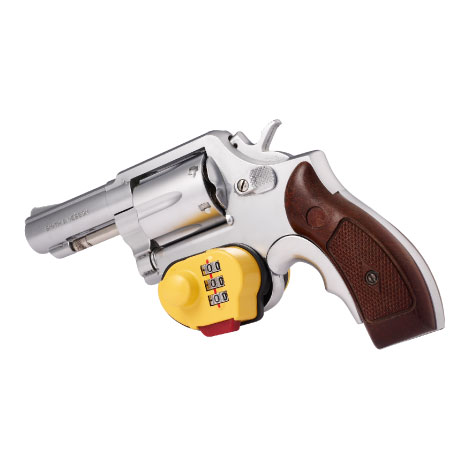
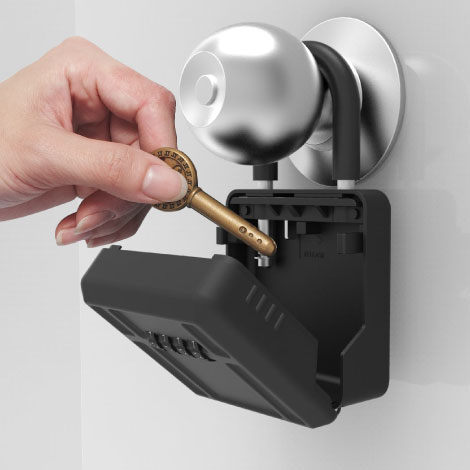
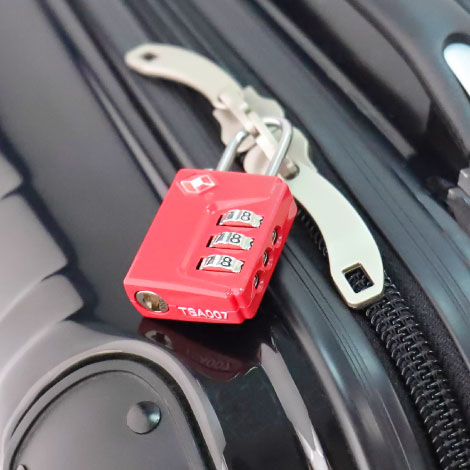
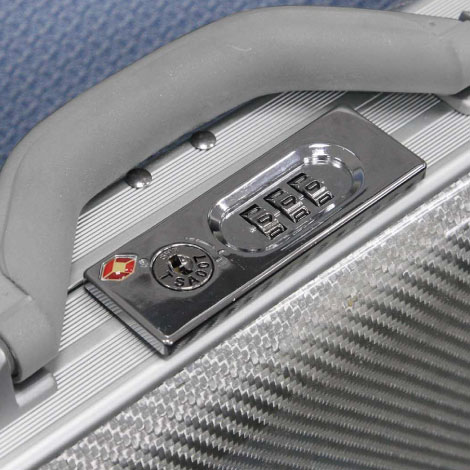
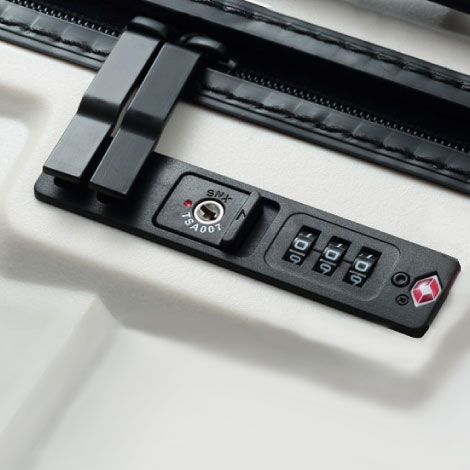
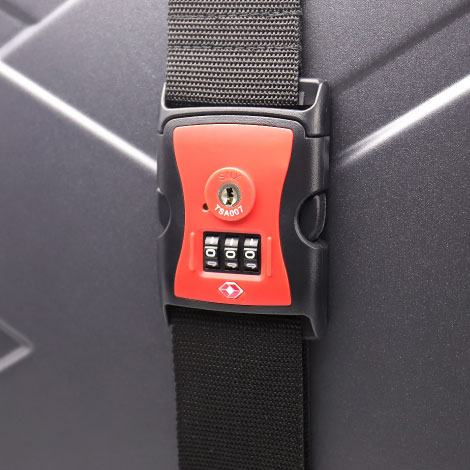
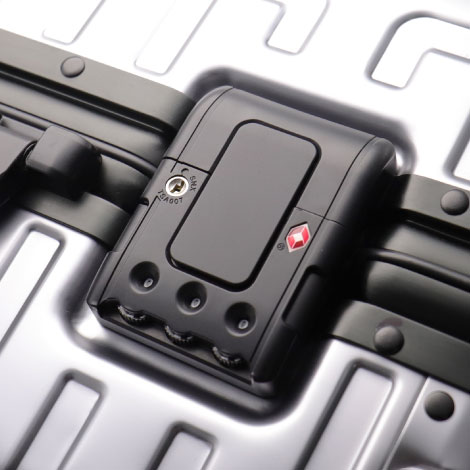

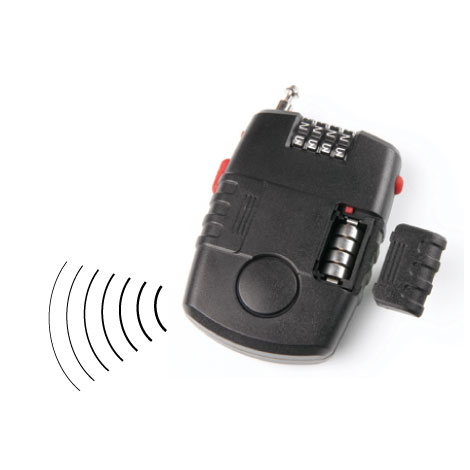
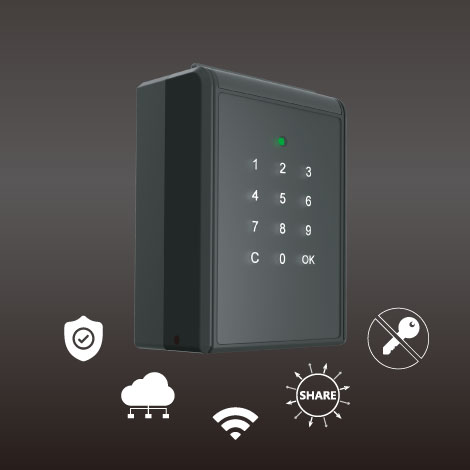
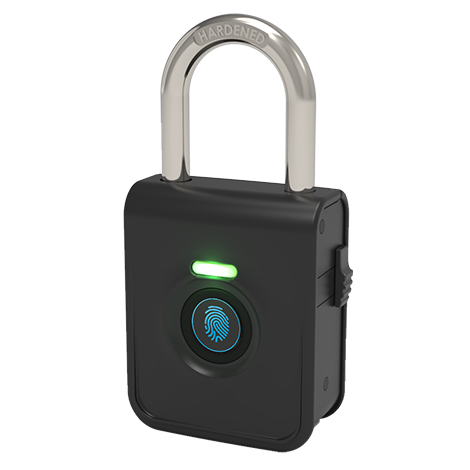
 English
English 繁體中文
繁體中文 简体中文
简体中文